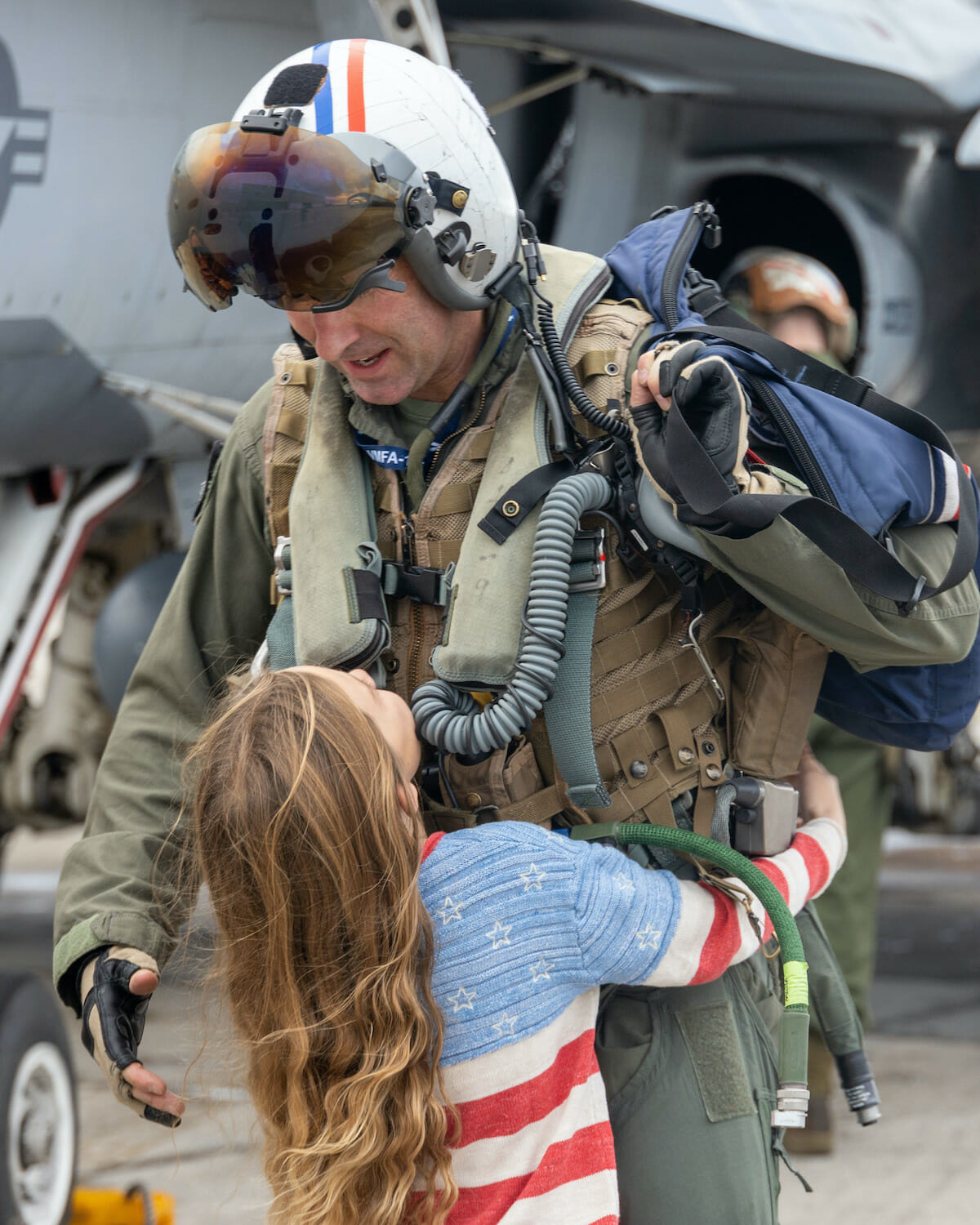By Scott Graber
It is Saturday, New Years’s Eve, and I’m in my dining room looking out on a gray day that comes with a low-lying fog just above the surface of the Sound. This evening we will forgo the cone-shape hats, the noise-makers and the kissing at midnight. Although I’m normally one for ceremony, and celebration, I just can’t fire-up that boiler this year.
This morning I have yesterday’s Wall Street Journal where they give us a two-page piece about the soldiers fighting in Ukraine. This article talked about Ukrainian units made up of volunteers — some from the United States — who have been formed into a self-funded auxiliary.
“The Ukrainian effort relies heavily on volunteer units grafted onto the professional army. A novel military experiment driven at first by expediency, the decentralized command has since given Ukraine a crucial advantage in tackling the lumbering Russian military.”
These volunteer units always travel with a drone, looking for targets for their artillery. The cannon-pointers can see the column of tanks through the eyes of a camera in the drone and then — with help from Elon Musk’s satellite system — can also make their distance and deflection corrections through the drone’s camera.
I’ve always thought drones were great for spotting where the Russians parked their tanks and trucks, but now I see that the Ukrainians have fundamentally changed the way the military “acquires” their targets and adjusts their fire.
All of which prompted a call to my Citadel classmate, Mike Henderson, who had some experience in adjusting artillery support when he was with the 82nd Airborne in Vietnam.
Mike and his 30-man platoon would venture into the triple-canopy jungle looking for the North Vietnamese units, knowing the NVA already knew that Mike was in the neighborhood.
“This was their backyard,” he said to me earlier this morning.
“We would creep through the jungle during the day… never using the road, or existing pathways. Those were set up for ambush and were booby trapped.”
When Mike set up his camp for the night he would have a nearby firebase “mark” one kilometer points on his north, south, east and west. The “marking” was done with HE (high explosive) rounds; Mike on the radio making sure that he and the gunners at Firebase Jupiter were on the same page. These would come in handy later that night when the NVA attacked from one or more points on his perimeter.
“One night I was eating a can of peaches when an NVA bullet cut the can in half. Those bastards, I thought, are not going to let me finish dessert.”
“The first thing you do is direct the 155 mm or 105 mm rounds to the right, or to the left of the (pre-marked) points on the perimeter. But if NVA got past those markers you brought the rounds in closer — sometimes very close.”
“If the attack continued until daybreak we would ask for a ‘pink team’ — this was a combination of a little bird and a bigger Cobra. The light observation helicopter (LOACH) would fly right on the deck and mark the enemy with smoke, the Cobra would come behind with rockets.”
“If all else failed, we called in the Air Force with their F-4s. But getting them to the fight sometimes took an hour; and they were so fast it was hard for them to see the anything below the trees.”
In Ukraine a small drone called the Leleka 100 is used by the larger reconnaissance units. But less expensive, modified, off-the-shelf consumer models are usually carried by the volunteer units and have taken the place of the forward observer.
And helicopters have largely been taken out of the adjusting process — the current crop of ground-to-air missiles are so accurate that using helicopters (to locate ground targets) is not wise.
I have never been in combat — I did not go to Vietnam — but it seems to me that Ukraine’s use of drones to adjust their artillery fire means that Russians mass their tanks, troops and their own artillery at their peril.
When Russia gets around to its offensive, they won’t be able to create the irresistible leviathan of steel they launched in the summer of 1943. They can’t lose the 1,500 tanks and the 860,000 men they lost at Kursk between July 5, 1943 and August 23, 1943. Those Soviet-era tactics were successful in defeating the Wehrmacht, but those catastrophic loses are no longer acceptable.
Scott Graber is a lawyer, novelist, veteran columnist and longtime resident of Port Royal. He can be reached at cscottgraber@gmail.com.







